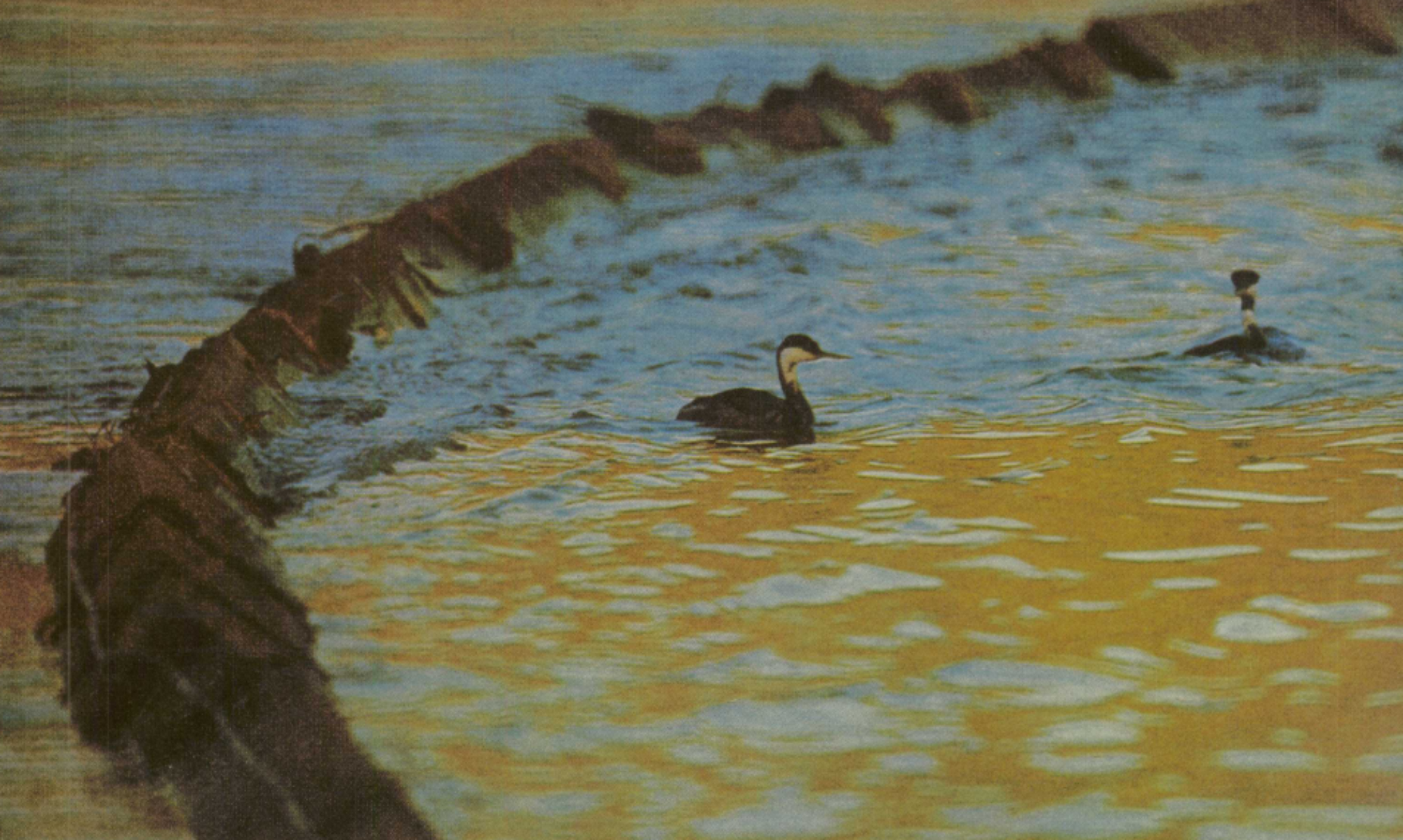A group of determined volunteers came together in the wake of the 1971 San Francisco Bay oil spill to found the organization

By JOAN MORRIS | jmorris@bayareanewsgroup.com | Bay Area News Group
PUBLISHED: May 13, 2021 at 7:00 a.m. | UPDATED: May 17, 2021 at 3:15 p.m.
At a little bit before 2 a.m. on Jan. 18, 1971, two Standard Oil ships, each laden with thousands of gallons of crude and refined oil, sailed through the fog-enshrouded Golden Gate and into an ecological disaster.
The Arizona Standard was headed into the Bay, the Oregon Standard was outward bound. Captains on both ships later would share in the responsibility for the accident, but all that was known at the time was that the two had collided, spilling more than 800,000 gallons of oil.
An untold number of sea birds would die in the spill, but from that massive oil slick arose an organization that would establish a universally accepted protocol for treating all sick and injured sea birds. International Bird Rescue, which traces its roots back to those dark days following the oil spill, celebrates its 50th anniversary this weekend.
Susan McCarthy was a high school student living on the Peninsula when she heard the news of the spill.
“It was in the papers and the radio was giving information on rescue efforts,” McCarthy says. “There was no official response, so they were asking for volunteers.”
When McCarthy heard that birds were being washed in the basement of the lion house at the San Francisco Zoo, she talked her mom into driving her there. What she found was utter chaos.
Someone asked her if she had experience handling birds, and as she had raised a duck, she said yes. She was then shuttled into an area crowded with oil-covered birds and volunteers. She was told to grab a Western grebe and start rubbing its feathers in corn meal in an attempt to soak up the oil.
“Of course,” McCarthy says, “no one knew what they were doing.”
Alice Berkner, a nurse with a keen interest in protecting wildlife and the environment, was another volunteer who came day after day to help – and she became the catalyst in forming International Bird Rescue, now headquartered near Fairfield with a rescue in Southern California as well.

Bird Rescue spokesman Russ Curtis says Berkner, a pediatric nurse, was horrified by the loss of life and the suffering of the birds and worked tirelessly to organize volunteers and treat the birds. Others saw an immediate need to help, but Berkner also saw a chance to learn and teach by applying science to the problem.
“She recruited others,” Curtis says. “She was the gel that brought all this together.”
By daylight on that January day, the damage was already visible. The tide and current had pushed most of the oil outside the gate, where it blackened beaches as far north as Tomales Bay and south to Santa Cruz. Thousands and thousands of volunteers — the greatest number since the 1906 earthquake and fire — began rushing to the beaches and emergency treatment centers.
There was some tension, McCarthy says, as hippies joined alongside engineers and emergency workers, but it all sorted itself out and the odd group began to work together.
Although volunteers did their best, desperately trying to clear oil from the birds’ eyes and airways, wrapping them in towels and transporting them to hastily established care centers, of the 1,600 birds that were rescued alive, fewer than 200 survived. By the time the height of the emergency had passed, only 80 birds were alive and could be released back into the wild.
The Western grebes and scoters took the brunt of the oil spill as they roost on the water. Gulls and cormorants, which roost on land, were able to see the oil slick and, in many cases, avoid it.
It wasn’t just the oil that caused injury and death. McCarthy said they believed the birds would need to complete a molt and grow back their feathers — a process that takes 9 months — before they could be released. The birds were kept in an old paper warehouse in Richmond, but shredded paper on the concrete floor wasn’t enough of a cushion for the grebes, who were unaccustomed to life on land. Before long, McCarthy recalls, rescuers were seeing the birds’ bones break through their skin.

Curtis says little was known about how to treat the birds. Although the volunteers and wildlife experts did their best, they were operating in the dark. The oil was the immediate problem, but there was so much more to know.
In time, International Bird Rescue figured it out, although McCarthy, who still volunteers at times, says there always is more to learn. The survival rate has increased dramatically and more is learned with each new natural disaster IBR and other rescue groups around the world respond to, including spills such as the Exxon Valdez in Alaska and the Deep Sea Horizon oil rig in the Gulf of Mexico.
IBR’s teams of experts and volunteers respond to disasters around the globe, using a protocol that is accepted as the gospel on caring for sea birds.
“It’s humbling,” Curtis says. “We didn’t save many 50 years ago, but we now know so much on how to save others.”







